Press Release via NEBPI, a subcontractor to the Beef Checkoff
Beef had an impressive presence during the 45th New Balance Falmouth Road Race on August 20th. Four Team Beef members started in Woods Hole, Massachusetts, and ran along the beautiful coast of Cape Cod into Falmouth Heights, with more than 12,000 other runners from the surrounding New England region and international areas.

Chrissy Carroll, RD, discussed last-minute sports nutrition concerns with runners at the Beef Booth during the New Balance Falmouth Road Race.
Leading up to the race, the checkoff participated in the annual Falmouth Road Race Health & Fitness Expo which was visited by approximately 75,000 runners and their families. Visitors at the beef checkoff booth enjoyed beef jerky samples and learned about beef’s versatility and value as part of an athlete’s diet and lifestyle.
The checkoff partnered with Chrissy Carroll (pictured), Registered Dietitian, USAT Level 1 Triathlon Coach and blogger at Snacking in Sneakers to share “3 Reasons Why Runners Should Eat Beef” leading up to the race. She then posted a recap of her experience with Team Beef on her blog. Chrissy was on-hand during the expo to answer runners’ last-minute sports nutrition questions and explain how beef fits into the mix.
Pennsylvania beef producer and former Millennial 2 Millennial (M2M) Beef Advocate Ezra Swope noted, “Having the opportunity to interact with our consumers was an extremely valuable experience for me as a producer because it allowed me to understand their point of view. I would highly recommend that all beef producers join their state’s council staff at consumer events.”
At the beef booth, consumers had the chance to enter to win a steakhouse gift card by participating in an educational survey. Of those polled, only 36 percent were aware that 40 percent of food taken home by Americans goes uneaten; 87.5 percent of survey entrants had a favorable opinion of beef.
Events like the New Balance Falmouth Road Race allow the checkoff to engage directly with consumers, including athletes, to highlight beef’s taste and nutritional benefits as well as cooking techniques. Checkoff-funded research in the Northeast shows that consumers are interested in making changes to improve the healthiness of their lifestyle. Interacting face-to-face with them helps get their nutrition and cooking questions answered.
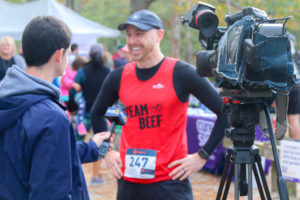
For more information about the race, search #BeefFuelsFalmouth on Twitter. Participation in this event was made possible by the Kentucky Beef Council. For more information, visit NEBPI.org.
Media Contact: Kaitlyn Carey, kcarey@pabeef.org
Internal links within this document are funded and maintained by the Beef Checkoff. All other outgoing links are to websites maintained by third parties.


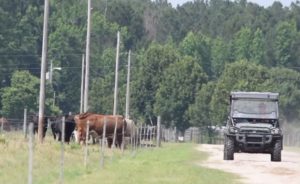 The Driggers Cattle Company was started in the 1970s and now spans four counties in North and South Carolina. They have continued to pass along the operation, and as natural beef producers, Jamie Drigger says the Beef Checkoff helps create marketing opportunities and increase consumer knowledge of beef quality, resulting in the ability to grow their operation.
The Driggers Cattle Company was started in the 1970s and now spans four counties in North and South Carolina. They have continued to pass along the operation, and as natural beef producers, Jamie Drigger says the Beef Checkoff helps create marketing opportunities and increase consumer knowledge of beef quality, resulting in the ability to grow their operation.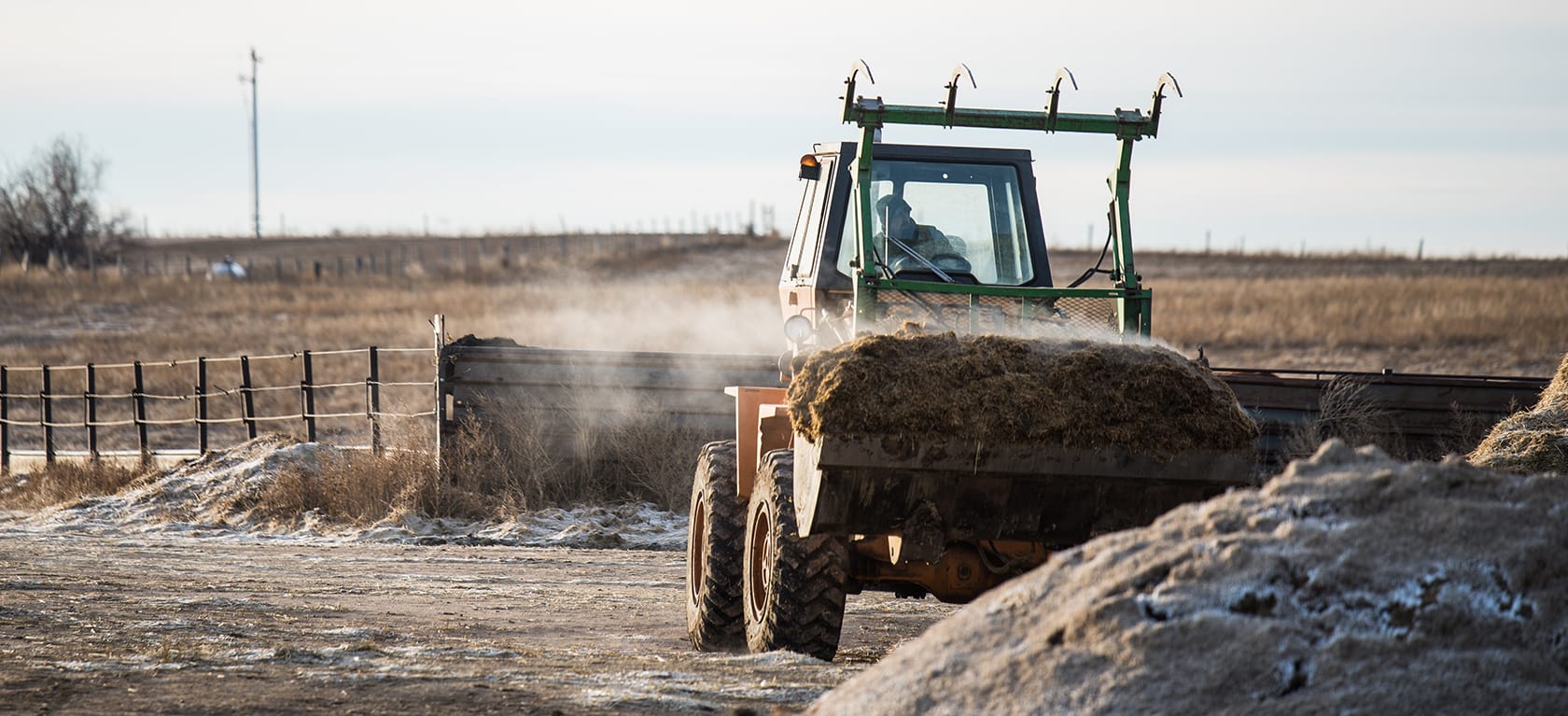
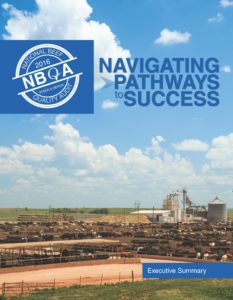 Data from the 2016 National Beef Quality Audit (NBQA) suggests the beef industry continues to improve the quality of its products, but there is still room for improvement. Results from the research were presented at a session during the 2017 Cattle Industry Summer Meeting in Denver on July 13.
Data from the 2016 National Beef Quality Audit (NBQA) suggests the beef industry continues to improve the quality of its products, but there is still room for improvement. Results from the research were presented at a session during the 2017 Cattle Industry Summer Meeting in Denver on July 13.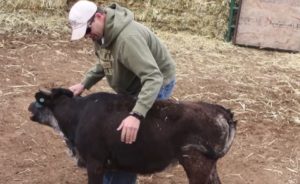 At Empire Dairy near Wiggins, Colorado, the Dinis family relies on the checkoff-funded Beef Quality Assurance program to teach them cattle-handling techniques, which allows them to sell better-quality beef, along with the high-quality milk produced at the farm. Following good management practices is part of their plan to pass the farm along to the third generation.
At Empire Dairy near Wiggins, Colorado, the Dinis family relies on the checkoff-funded Beef Quality Assurance program to teach them cattle-handling techniques, which allows them to sell better-quality beef, along with the high-quality milk produced at the farm. Following good management practices is part of their plan to pass the farm along to the third generation.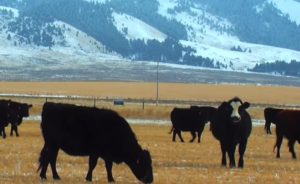 On the Townsend family farm and ranch in Montana, the business brings together many generational views to be successful. Third-generation rancher, Will Townsend highlights the Beef Checkoff programs he says have been most influential for the beef industry.
On the Townsend family farm and ranch in Montana, the business brings together many generational views to be successful. Third-generation rancher, Will Townsend highlights the Beef Checkoff programs he says have been most influential for the beef industry.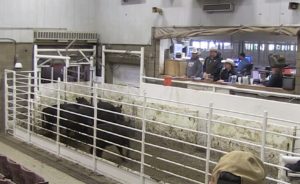 Joplin Regional Stockyards is a family business involving two generations. Jackie Moore has worked at the stockyards since the 1970s, and he says the Beef Checkoff is crucial to promoting beef not only in the U.S., but worldwide.
Joplin Regional Stockyards is a family business involving two generations. Jackie Moore has worked at the stockyards since the 1970s, and he says the Beef Checkoff is crucial to promoting beef not only in the U.S., but worldwide.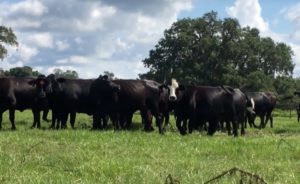 Bill Barthle, third-generation rancher in San Antonio, Fla., says the Beef Checkoff helps explain to consumers how U.S. beef is produced. He feels increasing consumer knowledge and the demand for beef, along with working to increase producer support of the checkoff will all play a crucial role in passing the beef operation onto future generations.
Bill Barthle, third-generation rancher in San Antonio, Fla., says the Beef Checkoff helps explain to consumers how U.S. beef is produced. He feels increasing consumer knowledge and the demand for beef, along with working to increase producer support of the checkoff will all play a crucial role in passing the beef operation onto future generations.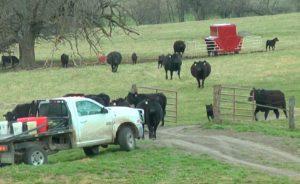 The Byergo family credits the Beef Checkoff for protecting producers and finding new opportunities to grow the industry, as well as securing a future for the next generation.
The Byergo family credits the Beef Checkoff for protecting producers and finding new opportunities to grow the industry, as well as securing a future for the next generation.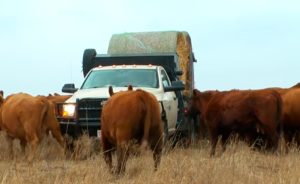 From his family’s ranch in Chase County, Kansas, Joe Mushrush says he and his wife, Connie, are dedicated to creating a viable entity for any of the family’s future generations to return to the ranch and explains how the Beef Checkoff is helping them accomplish this goal.
From his family’s ranch in Chase County, Kansas, Joe Mushrush says he and his wife, Connie, are dedicated to creating a viable entity for any of the family’s future generations to return to the ranch and explains how the Beef Checkoff is helping them accomplish this goal.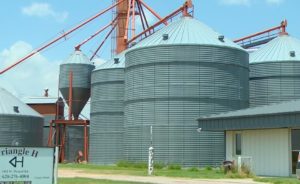 Sam Hands says business planning for future generations is a critical part of the Triangle H ranch south of Garden City. Hands was one of the first six Beef Checkoff volunteer leaders from Kansas back in the checkoff’s first year in 1986.
Sam Hands says business planning for future generations is a critical part of the Triangle H ranch south of Garden City. Hands was one of the first six Beef Checkoff volunteer leaders from Kansas back in the checkoff’s first year in 1986.